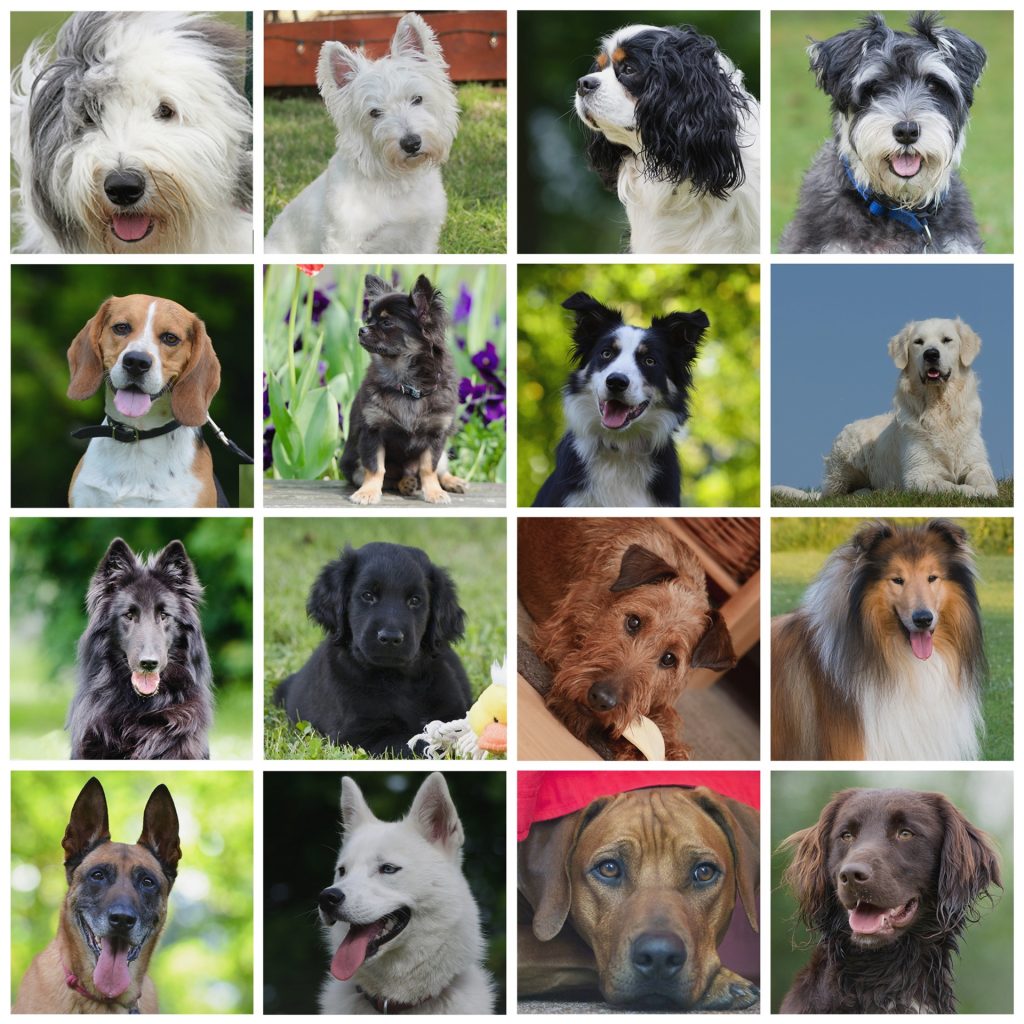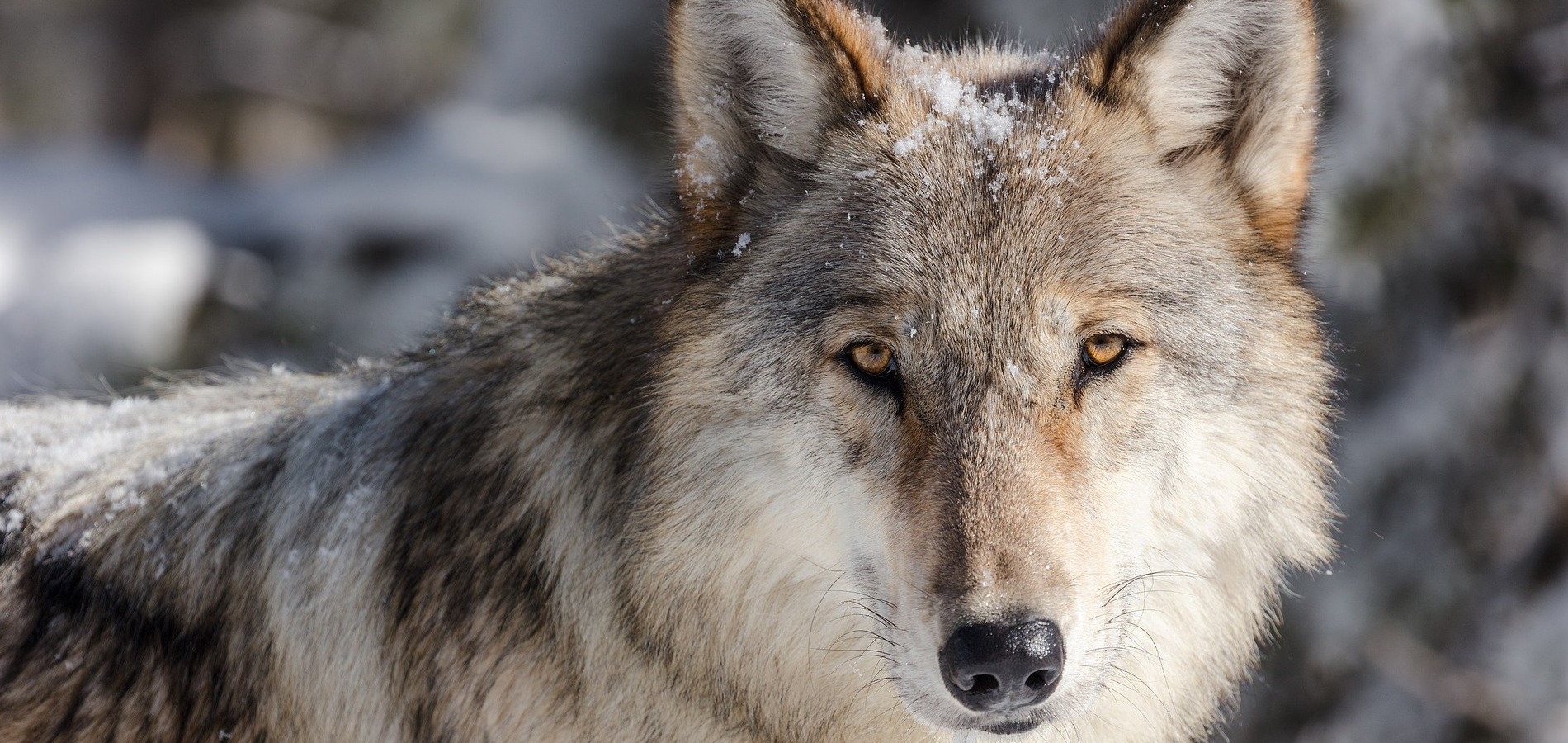The dog is not only man’s best friend, but also his oldest. Originally, the domestic dog is a descendant of the wolf and thus belongs to the canid family along with foxes, coyotes and jackals. According to the current state of knowledge, however, dogs did not develop completely coincidentally. Science nowadays assumes that it is mainly due to our ancestors that our loyal animal companions even exist in their present form.
The wolf became a dog
Archaeological remains indicate that the friendship between man and animal has already existed for a long time: Scientists today assume that about 20.000 – 15.000 years ago humans already began to tame wolves and integrate them into their community. What exactly led to the fact that man and wolf ultimately came together, and who first sought the company of the other, is still unsolved at this point.
Although there a different theories about this, one thing is quite clear: It was only through this coexistence that the dog could develop from the wolf. The people of that time saw a multiple value in the animals – for example as security guards, hunting helpers or simply as friends – and they began to include the most suitable wolf pups into their community. However, the benefits were not only one-sided: the wolf also profited from the care of its new human friends, who ensured its survival by providing food and protection. A major factor in the formation of a society between humans and animals was the fact that wolves are by nature pack animals, so they develop a strong group feeling immediately after birth.
Different functions led to different breeds

Almost all dog breeds recognized today (the FCI currently distinguishes 352 different breeds) are the result of systematic breeding. The purpose of this selective crossbreeding was to strengthen certain desired characteristics as well as to eliminate unpleasant traits. The result was the suitability of the different dog breeds for certain purposes: Golden Retrievers and Labradors are retriever dogs and therefore useful for hunters to track down and carry back their prey. Herding dogs like the German Shepherd or the Border Collie are perfect for rounding up flocks of sheep, while Pinscher and Schnauzer can be seen as good examples of classic guard dogs. Smaller dogs, such as the Chihuahua or the Pekingese, served primarily as house dogs and as play mates.
Nowadays, most dogs are of course no longer kept for a specific function, but their characteristics are often still clearly recognisable. This is why potential dog owners should always inform themselves about the special traits of a dog before considering buying one. Some breeds need a lot of outdoor exercise every day, others love the full attention of their owners, and yet others have a tendency to be overweight. Our Dog Scanner App can help to inform you about your dog’s characteristics and its special needs.
